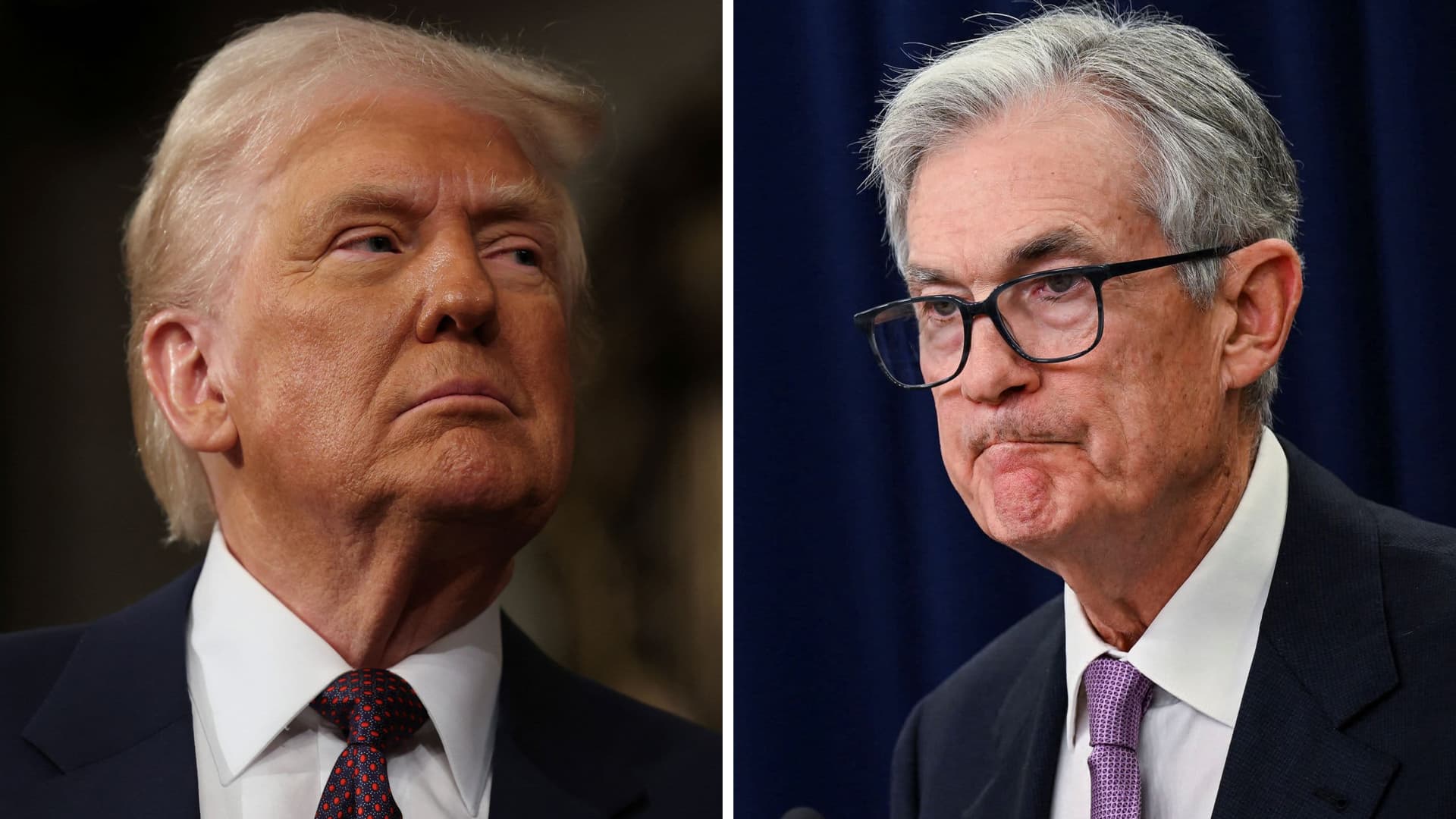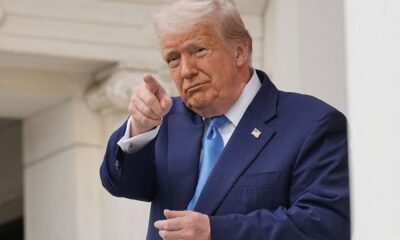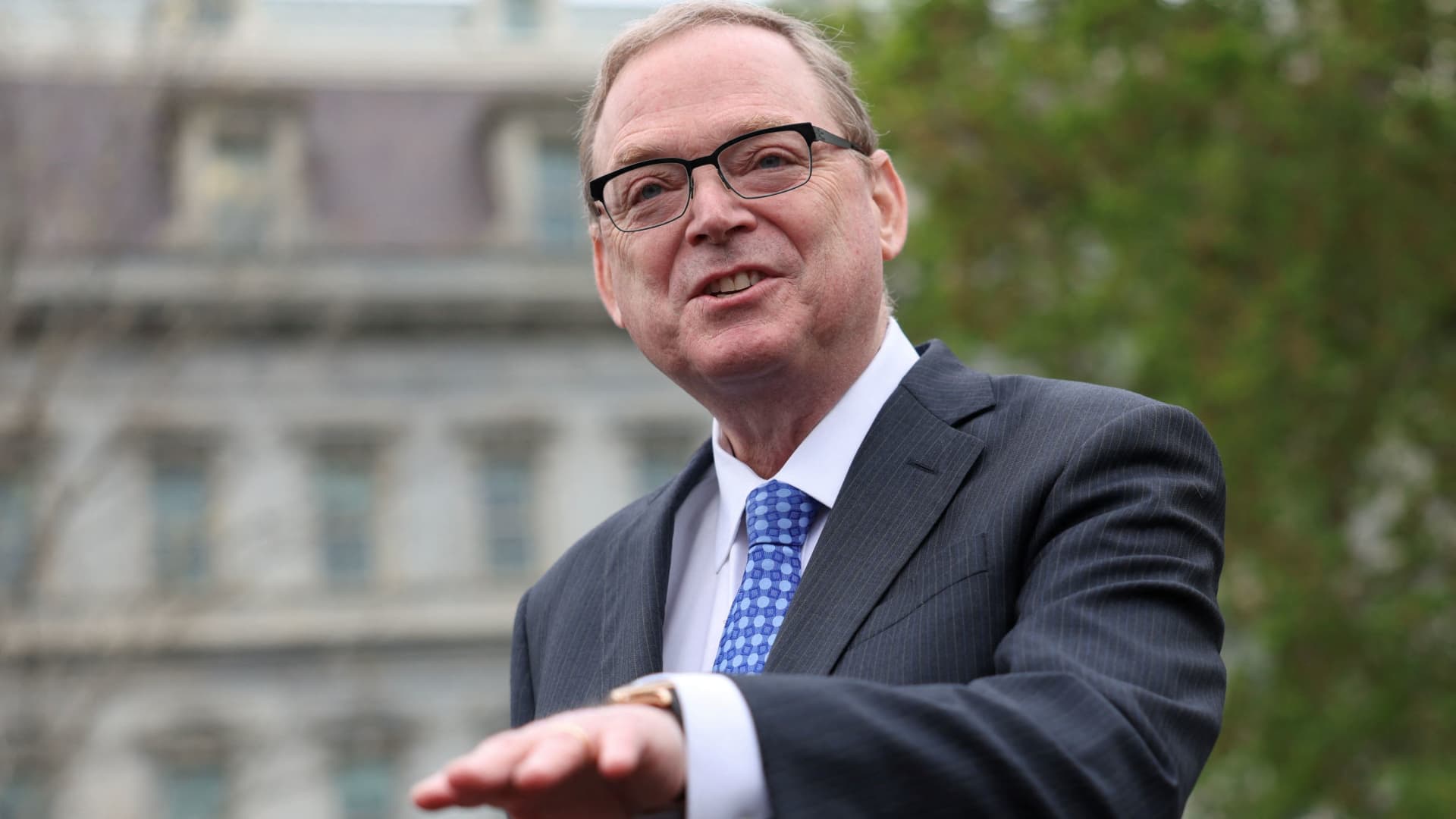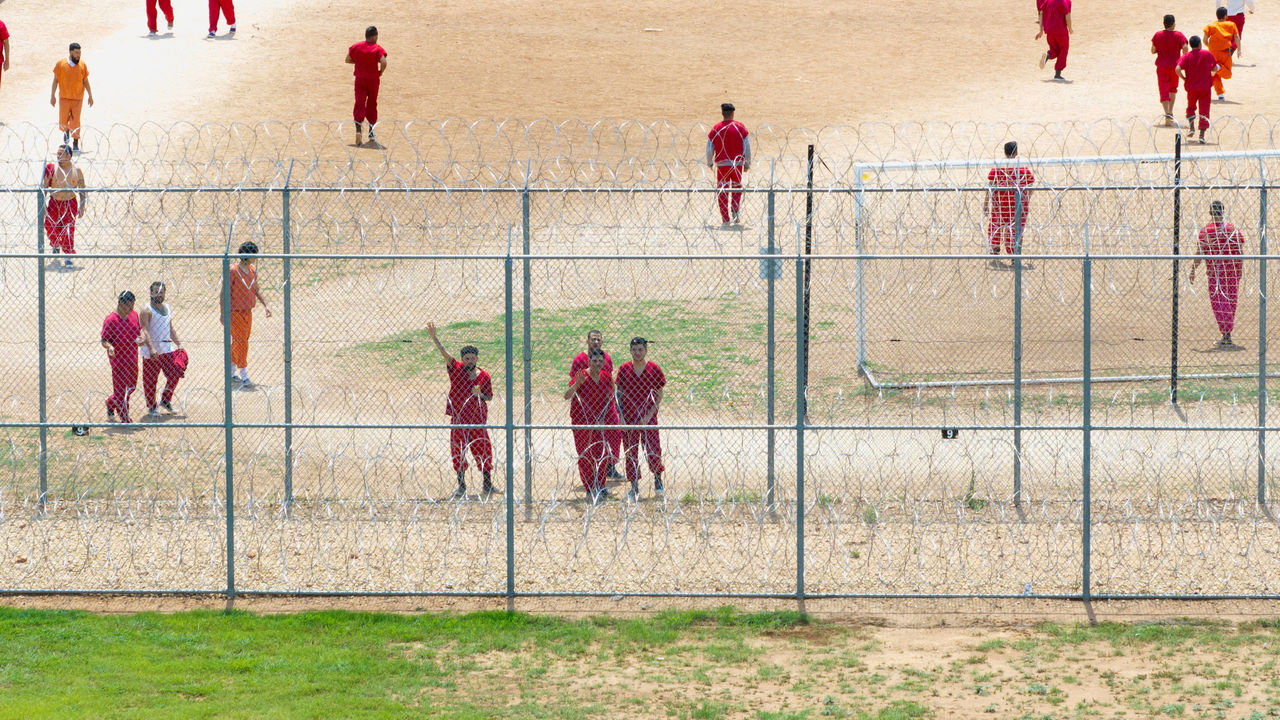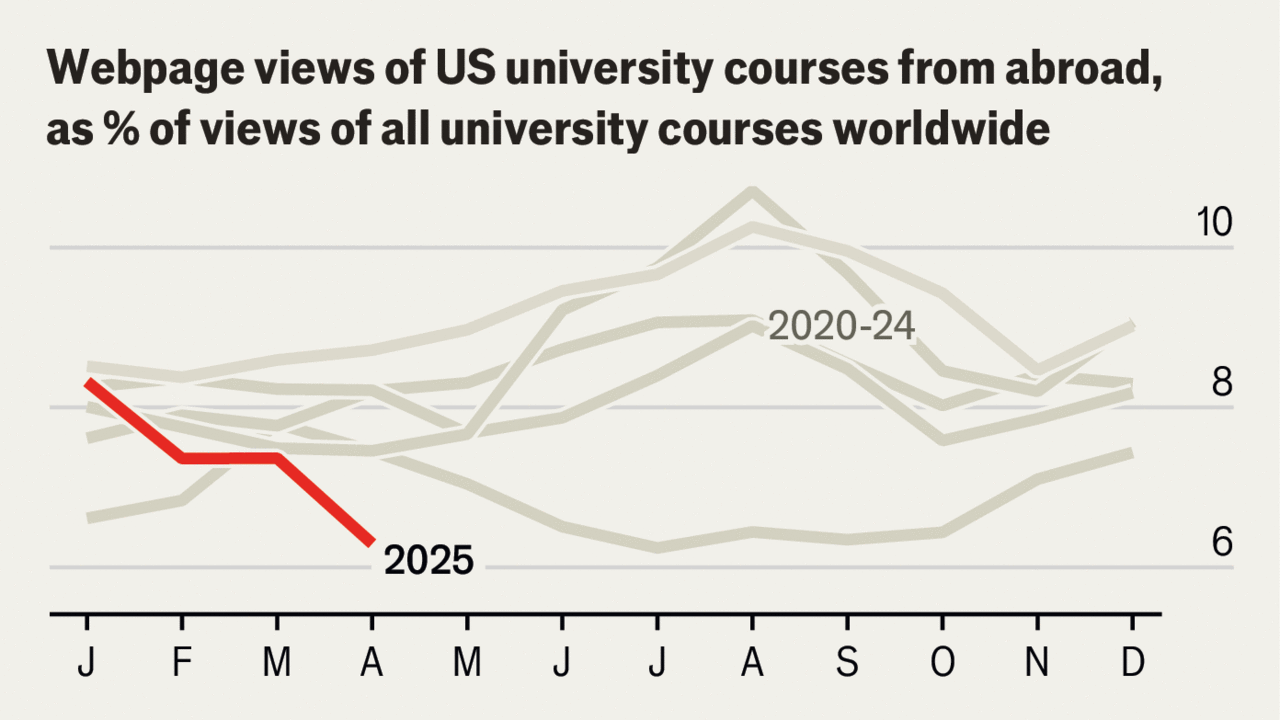President Donald Trump on Friday lobbed his latest criticism at Federal Reserve Chair Jerome Powell, as the White House’s discontent for the economic policy leader hits a fever pitch.
During a Friday afternoon question-and-answer session with reporters, Trump pointed to examples of prices going down.
“If we had a Fed Chairman that understood what he was doing, interest rates would be coming down, too,” Trump said. “He should bring them down.”
Trump has long argued that the Fed, which sets monetary policy in the U.S., should cut down interest rates. His latest comments come as the White House has ratcheted up its attacks on Powell in recent days.
White House economic adviser Kevin Hassett said Friday that Trump and his team are assessing whether they can remove the Fed chair. Powell has said previously that he cannot be fired under law and intends to serve through the end of his term as chair in May 2026.
“The president and his team will continue to study that matter,” Hassett said at the White House after a reporter questioned if firing Powell “is an option in a way that it wasn’t before,” according to Reuters.
Trump posted on Truth Social on Thursday that “Powell’s termination cannot come fast enough.” His post included the nickname of “Too Late” for Powell, a continuation of Trump’s habit of giving satirical titles to political rivals.
His use of the word “termination” raised questions around if Trump was referring to Powell’s potential removal from his post ahead of schedule. Hassett said on Friday the administration will look at if there’s “new legal analysis” that would allow for Powell’s firing.
Powell appeared to irk Trump after saying Wednesday that the president’s contentious tariff plan could drive up inflation in the near-term and create challenges for the central bank in managing goals of high employment rates and price stability. Powell said Trump’s levies — many of which are currently on pause — are “likely to move us further away from our goals.”
“We may find ourselves in the challenging scenario in which our dual-mandate goals are in tension,” Powell said in prepared remarks before the Economic Club of Chicago. “If that were to occur, we would consider how far the economy is from each goal, and the potentially different time horizons over which those respective gaps would be anticipated to close.”
Powell also said that the Fed was “well positioned to wait for greater clarity before considering any adjustments to our policy stance.”
The Federal Open Market Committee has its borrowing rate currently targeted in a range between 4.25% and 4.5%, where it has sat since December. Fed funds futures are pricing in a more than 90% likelihood that the central bank holds rates steady again at its policy meeting next month, according to CME’s FedWatch tool.
As Trump’s team has scaled up criticisms, some Democrats have gone on defense. Sen. Elizabeth Warren, D-Mass., warned on Thursday that a president firing the Fed chief would be dire for U.S. financial markets.
“Understand this: If Chairman Powell can be fired by the president of the United States, it will crash markets in the United States,” Warren said on CNBC.

 Accounting1 week ago
Accounting1 week ago
 Economics1 week ago
Economics1 week ago
 Personal Finance1 week ago
Personal Finance1 week ago
 Accounting1 week ago
Accounting1 week ago
 Finance7 days ago
Finance7 days ago
 Economics1 week ago
Economics1 week ago
 Economics1 week ago
Economics1 week ago
 Economics1 week ago
Economics1 week ago
